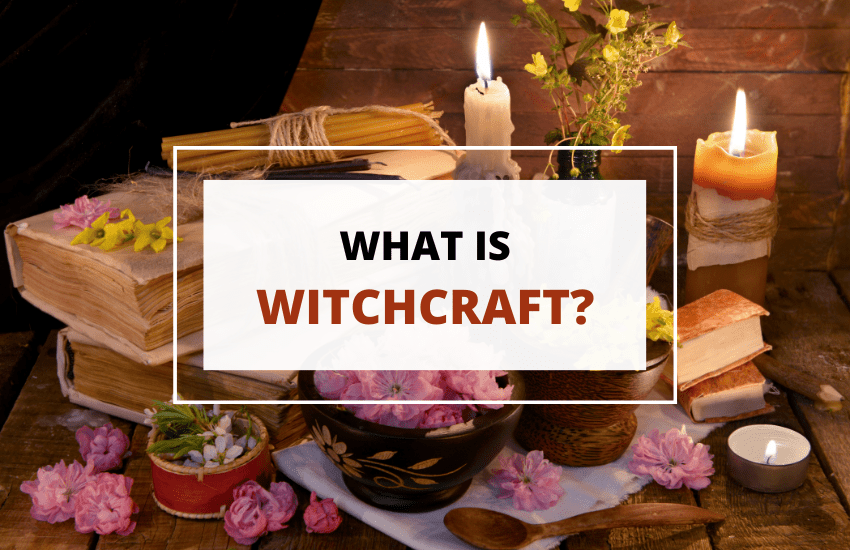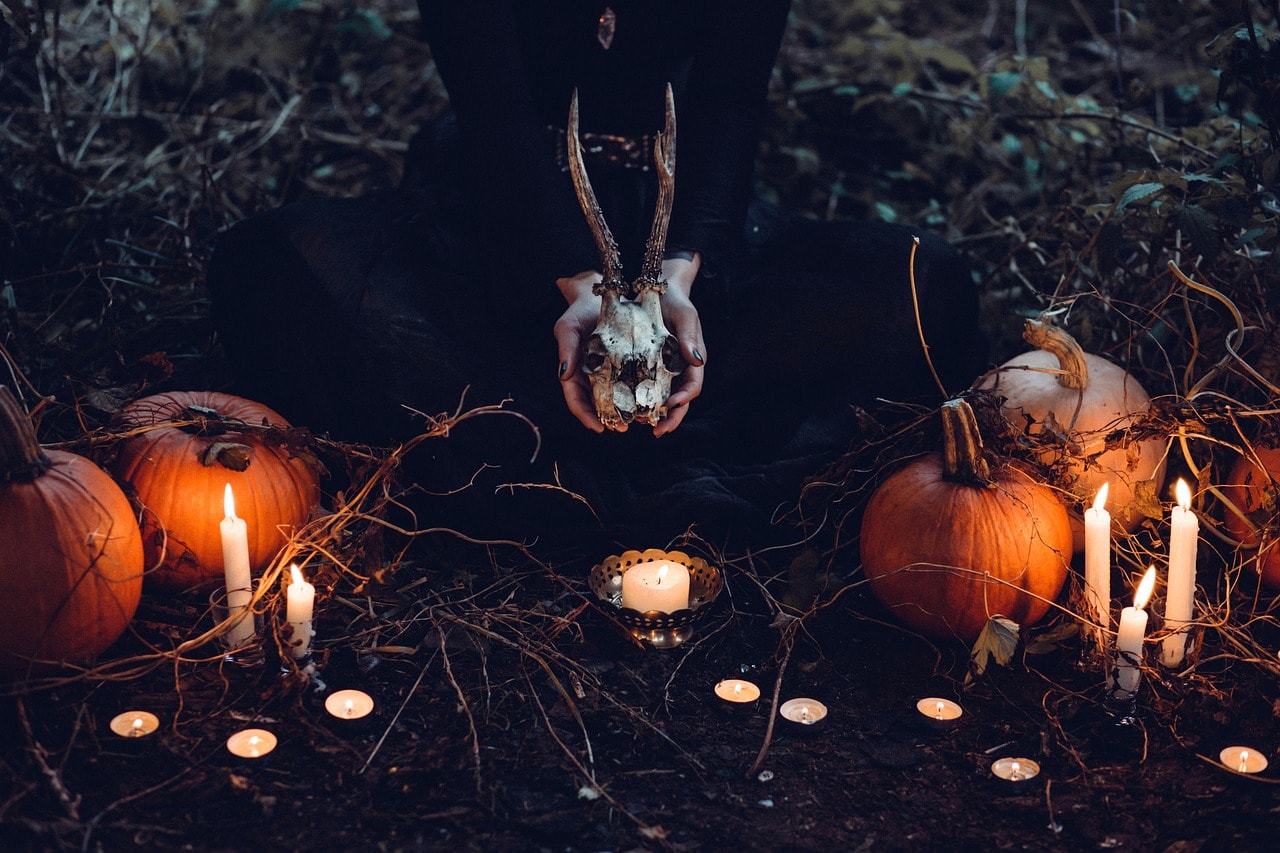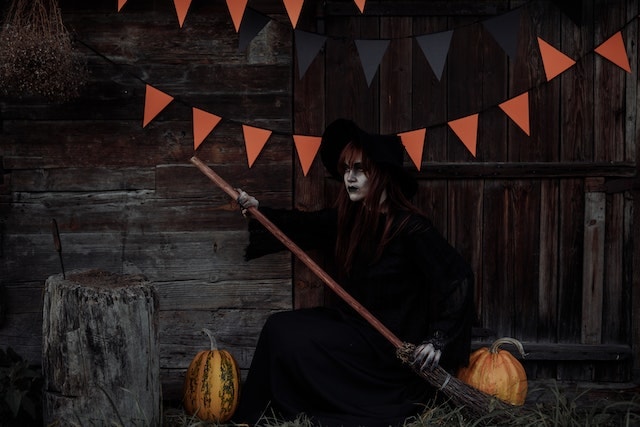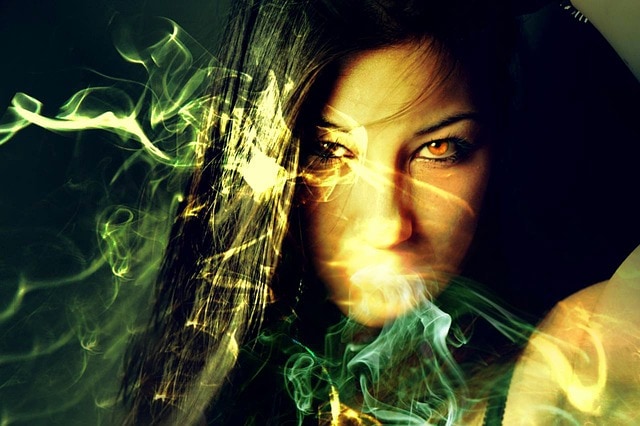
Table of Contents
Over the past centuries, there have been many misconceptions and assumptions about witches and witchcraft. From the beginning of the witch hunts in the Early Modern Period, which targeted mainly innocent women, to the recent Wicca revival and the vindication of witches by feminist movements, a lot has been said about witchcraft.
Witchcraft is the practice of magic and affinity with nature, typically within the pagan religious context. In recent years, witchcraft has been on the rise, and interest in the subject has increased.
How much of what we know about witchcraft is historically accurate? Here’s a look at 8 truths and myths about witchcraft that might surprise you.
Witches’ Magic is Essentially Harmful – Myth

Witches and witchcraft have enjoyed bad press for centuries. Images of lonely, bitter old women with warts on their faces spring to mind when thinking of witches. They kill people, kidnap and eat children, or lay curses upon whoever dares make them angry.
In real life, however, the magic practiced by those (men and women) who study witchcraft is not inherently good nor bad. Witchcraft is considered primarily as a tool to affect the invisible connections between things and people in the world, affecting in the process the balance of energies in nature.
It can be used for harm, sure, but chances are nature will find a way to get back at the evil witch. So mostly, it is used responsibly.
Moreover, although there are isolated cases like the witch doctors in Uganda who kidnap boys and girls to do human sacrifice, this has not been a common practice at all in all the countries where witchcraft has been practiced in history.
Witches Were Burned at the Stake – Truth
Again, there is a grain of truth to most myths, but this does not mean it is the generality of cases. Some witches have been burned at the stake in Continental Europe.
In England and its colonies, for instance, burning was not considered appropriate punishment for witchcraft. One famous exception was the case of Mary Lakeland, known as the Ipswich Witch, who was executed in 1645 in her hometown, after confessing to killing her husband by use of witchcraft. As her offense had been labeled ‘petty treason’ and not witchcraft, she was sentenced to burning. She was also the last person to be executed for witchcraft-related crimes in Ipswich.
Most of England’s convicted witches and sorcerers were hanged or beheaded instead.
That not many people were burned does not mean they did not receive a similarly gruesome death. There were also other forms of execution, including death by sword. And a particularly cruel method was the breaking wheel, which would see victims tied to a cartwheel and beaten to death with sticks or other blunt objects.
The Malleus Maleficarum was The First Treatise on Witches – Myth

Witchcraft not only inspired persecutions and mass hysteria. Several treatises on the topic were written by those who wanted to punish it.
The so-called Malleus Maleficarum, or Hammer of the Evil Ones, is probably the best known of them. It was written by Heinrich Kramer, a German inquisitor who lived in the 15th century. The Malleus is not an original work, but a compendium of demonology literature from the time. And it was met with criticism by colleagues of Kramer from Cologne University, as some of the practices recommended there were considered highly unethical and inconsistent with Catholic doctrines of demonology.
In particular (and this, as we will see, is very important), it condoned and encouraged the use of torture in order to obtain confessions. It also states that witchcraft, as well as blasphemy against the Holy Spirit, is an unpardonable sin, so the death penalty is the only possible outcome when judging said crime.
Witchcraft Was Influenced by the Rise of Capitalism – Myth
This one might be a bit niche, but it is a well-established historiographical myth that the witch trials were inspired by the rise of capitalism and the need to remove land rights from women.
The logic behind it is that powerful landlords falsely accused women of witchcraft in order to get them killed or imprisoned so they could buy their lands cheaply. However, this is simply not true.
In fact, the vast majority of men and women prosecuted for witchcraft were indeed poor, and most of them were also landless.
Also, this theory has the chronology wrong. Most of the witch trials were held between the 15th and the 17th century, and only from the 17th onwards was capitalism on the rise (and only in small portions of Europe, such as Manchester and the north of modern Belgium and the Netherlands).
Hundreds of People Died in the Salem Witch Trials – Myth

Salem, Massachusetts, is widely considered a milestone in the religious persecution of witchcraft. However, when one looks closely at the facts surrounding the trial and conviction of the accused felons, it tends to confirm some of the debunkings we have discussed in this article.
For instance, of the more than two hundred people accused, only thirty (about one-seventh of the total) were actually found guilty, and these were both men and women. The hearings took place between February 1692 and May 1693, at the instance of the heads of the local Puritan church.
The trials were motivated by three girls coming forward to their priest, claiming they had been possessed by the devil. In total, nineteen people died by hanging (not burned, as it is usually assumed), fourteen women and five men. Five more people died in jail.
Today, the trials of Salem are studied as an episode of mass hysteria and an example of religious extremism, which resulted in the death of several innocent individuals.
However, this was not an uncommon practice at the time, as Protestant communities in New England depended on regular purges in order to keep their colonies and their faith united. Witches were an external (albeit imaginary) threat that served a purpose as sacrificial goats.
The Lesser-Known Ellwangen Witch Trials were Worse than the Salem Witch Trials – Truth
The truth about Salem might be disappointing, but it does not mean witches were not heavily persecuted in other places. The Ellwangen witch trial is the exact opposite of Salem, having sparked the prosecution and death of at least half the town’s population.
Ellwangen was a small city in Southern Germany, located between Munich and Nuremberg, with around one thousand inhabitants in the 1600s. At the time the trials took place, between 1611 and 1618, it was a Catholic town. Witch trials were nothing new in the area, and in 1588 the first trial ended in the death of 20 people.
In April 1611, a woman was arrested after allegedly having blasphemed the communion. Under torture, she admitted to having engaged in witchcraft and pointed to a series of ‘accomplices’. These people were arrested and tortured, and in turn, named more accomplices. This convinced the local Bishop that he was dealing with a bad case of witchery, and he was quick to form a ‘witch commission’ that would handle the trial. By 1618, 430 people had been charged and executed, most of them women, so the population was not only halved but dangerously imbalanced.
Witches were Always Female – Myth

While this is not strictly so (there were also, as in the case of Salem, male witches), persecuted witches were predominantly female.
This fact has made modern Feminists vindicate the historical witches as martyrs, who died at the hands of a misogynistic and patriarchal society that could not stand women who were not married or who read and thought for themselves.
And, indeed, taking into account Europe as a whole, the vast majority of people accused of witchcraft were women, so there was a strong gender aspect to the problem.
However, this is not the complete picture, as in some places such as Iceland, men accused of witchcraft made as high as 92% of the convictions. Sámi shamans, witch doctors that lived in Nordic countries, were fiercely persecuted. Typically, around 20% of convictions would involve men. But that also means that 80% were women, so it has to mean something.
There Were Millions of Casualties – Myth
The truth is most accounts of the witch trials largely exaggerate the figure of people executed for witchcraft.
The real number of people who faced the death penalty on counts of witchcraft is underwhelming, to say the least. The witch-hunts of the early Modern period were undeniably brutal and horrific, and many innocent men and women were condemned to death as a result.
But how many people were actually executed for the crime of witchery? It is not easy to calculate, as many archives from the time were lost at some point or other in history, but modern historians agree that the approximate figure would be around 30,000 and 60,000.
This is taking into account the time span between 1427 and 1782 when Europe’s last execution for witchcraft occurred in Switzerland.
Wrapping Up
Many well-established facts about witchcraft are untrue, including the notion that witchcraft is essentially harmful. We have debunked some of the most repeated myths about witchcraft, and can conclude that they are mostly the result of exaggeration, but never a complete fabrication.








